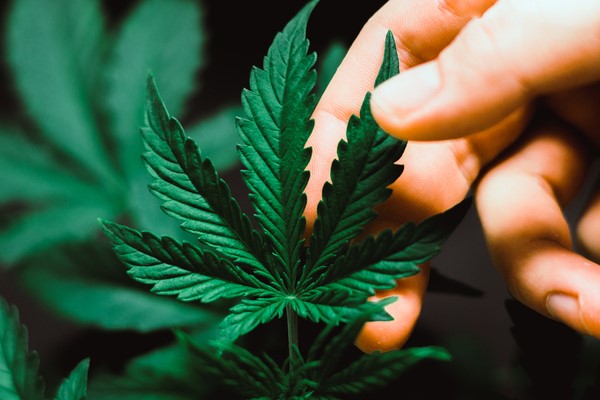
Canadian cannabis producers are facing some confusion about how to comply with accounting standards that govern growers and sellers.
The confusion is with the International Accounting Standards paragraph 31 (IAS 41). Here is a closer look at IAS 41 and how it affects cannabis growers.
IAS 41 Explained
IAS 41 provides guidelines to account for the transformation of biological entities (living animals and plants) into agricultural products, for example the extraction of oil from cannabis plants.
The guidelines state that those “biological assets” are counted at the end of each reporting period as fair market value less costs to sell (FVLCS).
If the fair market value changes, the changes should not be reflected in revenue. Instead they should be reflected as a reduction in the cost of sales. The result is an increase in the reported bottom line for the company, especially for a public company filing quarterly statements.
Another impact is the company can report net income in quarters when cannabis was grown and harvested, but sales were low.
While the guidelines are clear about how to account for those entities and the associated costs, the answer gets murkier when the company needs to factor in the costs of transforming those biological assets into harvested items. The International Accounting Standards Board (IASB) has not explicitly indicated how to account for those costs, arguing that such costs are related to the fair value measurement approach.
The vagueness means cannabis companies can take several approaches:
- The costs can be expensed, so they are not reflected in the FVLCS methodology.
- The costs should be capitalized to the carrying value of the biological asset, which would reduce the amount reported as change in FVLCS in subsequent reporting periods.
Some argue this represents a more accurate reflection of natural plant growth and changes related to external conditions. Many accounting firms are arguing that the lack of clarity means companies can use whichever method makes sense to them.
Other challenges exist for planning future costs of:
- Expected costs to grow plants to the harvesting point
- Harvesting and selling costs
- Sales prices and expected yields
A new company that may have a period of growing and harvesting before it starts to sell will have one more consideration. If prices drop, the company will need to record inventory at a later date.

How an ERP solution helps solve IAS 41 reporting
The complexities of accounting are one reason an ERP solution is a smart choice.
- Dimensional accounting
- Extensive landed cost functionality
- Material lot costs analysis
- Labor tracking by work center
- Overhead cost application
The cost accounting software tools, robust reporting capabilities, and business intelligence tools in a Cannabis-Industry ERP allow for real-time insights on biological assets, inventory yields, and forecasting. With access to information when it’s needed, your leadership can make informed decisions about costing, pricing, future plant growth, saleable products, and how to report for IAS 41.
A Cannabis-Industry ERP solution will identify and track cost and yield at each phase of the grow cycle. This level of real-time viability into your business will allow for fast reaction time and operational efficiency improvements, keeping savvy growers ahead of the competition.
NexTec can help your cannabis company select and implement the right ERP system and comply with IAS 41 regulations. Learn more and schedule a demo with NexTec today.
